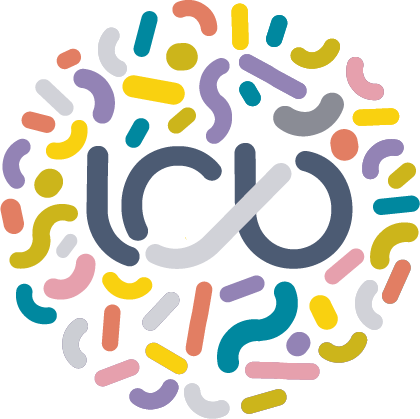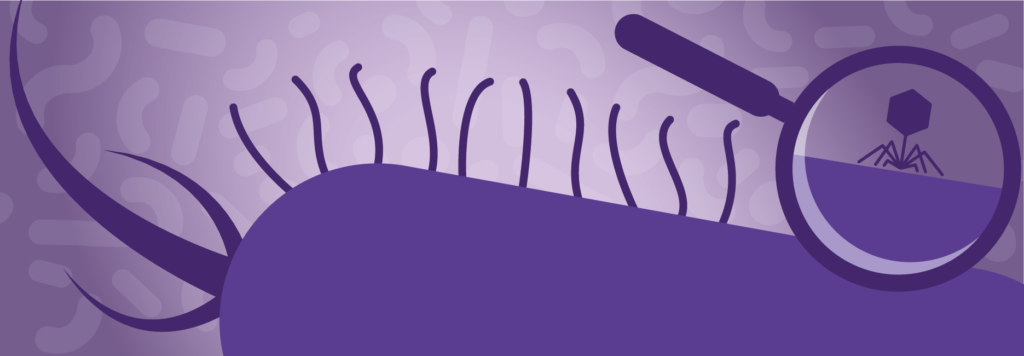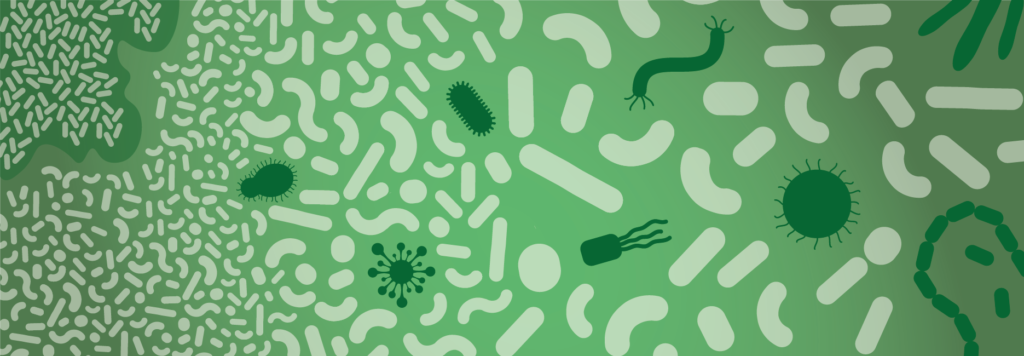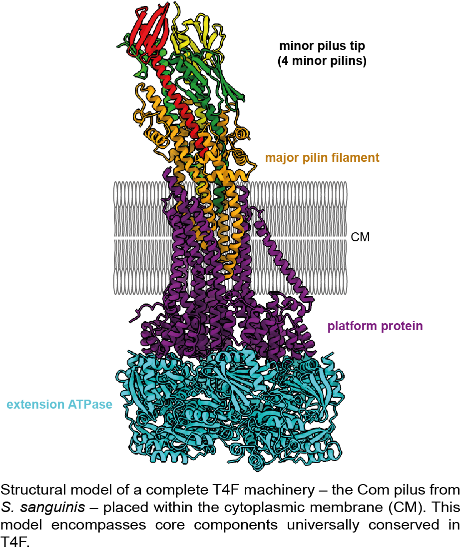Thesis offer – Study of PilY1, ubiquitously found at the tip of bacteria pili: biology, regulated assembly and adhesion properties
🇬🇧 Thesis offer Fascinated by molecular biology and bacterial nanomachines? Join a cutting-edge PhD project in Marseille to investigate PilY1, a key pilus tip protein

